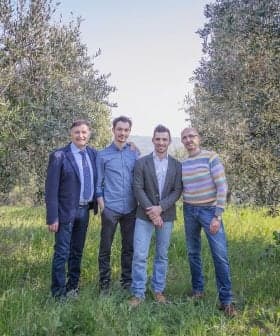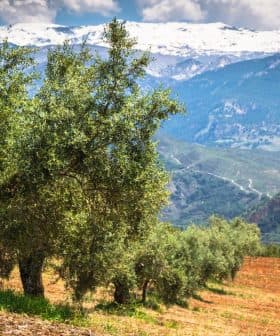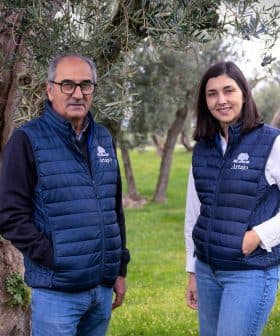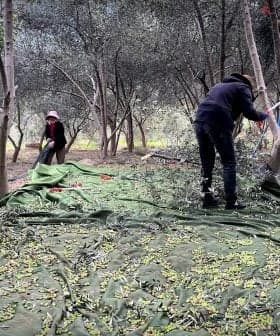Kalamata Conference Examines Modern Olive Oil Production and Sustainability
A convention in Greece discussed the shift towards 2‑phase extraction in olive oil mills, funded by the EU to reduce environmental impact, but cautioned against energy inefficiency. Additionally, experts suggested using olive biomass for fuel production and enriching water reservoirs with purified liquid residue as a last resort for irrigation issues.

A convention for “modern oil mill operation in the context of quality preservation and environmental sustainability” was held in Kalamata, Greece, on November 4th. Scientists and professionals of the olive oil industry participated in a discussion regarding the current status of olive oil mills in Greece and the future prospects of processing the residue as a byproduct.
One of the useful outcomes was that, despite the current unfavourable status due to the economic crisis, there is a tendency toward putting aside the 3‑phase technology and using the 2‑phase extraction process in more olive oil mills following the example set by Spain.
This is the only upgrade for the mills in Greece being funded by the European Union now, which is aimed at reducing the effects of the oil mills on the environment.
It was also pointed out that bigger mills should be established, in order to achieve economies of scale thus rendering the residue exploitation profitable.
Still, It was stressed that all the available technologies that modern refineries utilize to process the semi-liquid pulp as a byproduct of the two-phase extraction process should take under consideration the energy balance involved — meaning that there is no benefit of processing the pulp if the energy consumed exceeds the energy acquired (including transportation costs and the refinery energy consumption).
An interesting fact communicated was that there is a quantity of 400,000 tons of biomass every year left on the field after the olives have been harvested (branches, twigs and leaves), which could be used to produce biomass fuel such as pellets returning a revenue of 180 – 200 euros a ton. Agriculturists and earth scientists consented, but drew everybody’s attention to the fact that this organic matter is very useful to the “humus,” — the leftovers on earth after the plant humification — which makes the soil fertile.
Last, a rather radical approach to the liquid residue exploitation is its usage for enriching the water reservoirs in places with low rainfalls after the residue has been purified. This was presented as an extreme solution when serious problems exist with field irrigation, but it was dismissed due to concerns over the water being used for domestic purposes.









